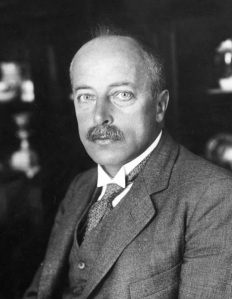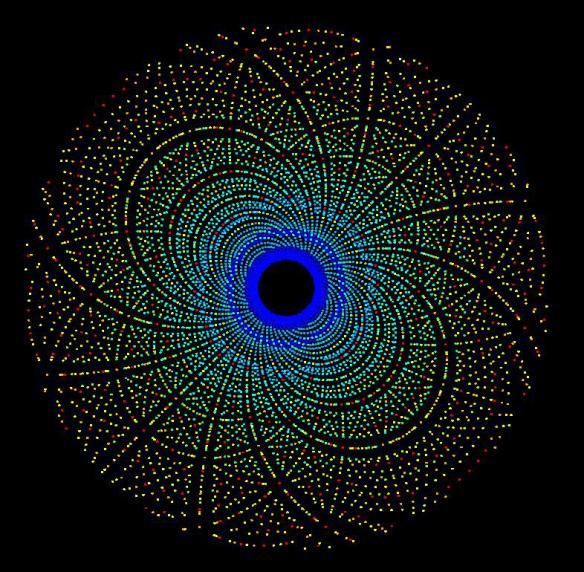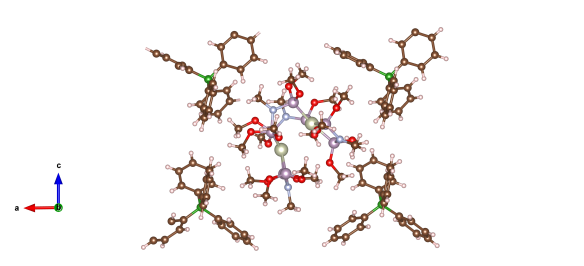Celebrating Laue – complex structures very quickly!
In a slight oversight at crystallography 365 HQ, we missed that it was Max von Laue's birthday on Thursday.
 Von Laue received the Nobel prize for physics in 1914 for his discovery of the diffraction of X-rays by crystals, the first crucial step to the science of crystallography as it is today. Though von Laue went on to concentrate on theoretical physics, one particular technique of diffraction is named after him – Laue diffraction. With this technique of diffraction the sample is kept still and the X-rays it is exposed to are polychromatic – they occur in a range of wavelengths. This means that lots of planes of atoms satisfy the Bragg condition at once, and makes for some very pretty pictures.
Von Laue received the Nobel prize for physics in 1914 for his discovery of the diffraction of X-rays by crystals, the first crucial step to the science of crystallography as it is today. Though von Laue went on to concentrate on theoretical physics, one particular technique of diffraction is named after him – Laue diffraction. With this technique of diffraction the sample is kept still and the X-rays it is exposed to are polychromatic – they occur in a range of wavelengths. This means that lots of planes of atoms satisfy the Bragg condition at once, and makes for some very pretty pictures.

An image of Laue diffraction from http://staff.chess.cornell.edu/~hao/research.html
Laue diffraction is particularly useful for a number of branches of crystallography – and over the next few days we'll be featuring a few of them. Today we'll introduce one use – taking rapid data!
What does it look like?

Image generated by the VESTA (Visualisation for Electronic and STructural analysis) software http://jp-minerals.org/vesta/en/
What is it?
As you can see this is a pretty complex arrangement of atoms. It's a complex of the metal rhodium in a state that only exists for a few seconds at a time. The advantage of Laue diffraction is that if you can push the material into its excited state as well as hitting it with a pulse of X-rays – you can find even the most fleeting of crystal structures.
Where did the structure come from?
This structure came from work by Makal et al. and is #2019360 in the Crystallography Open Database.






